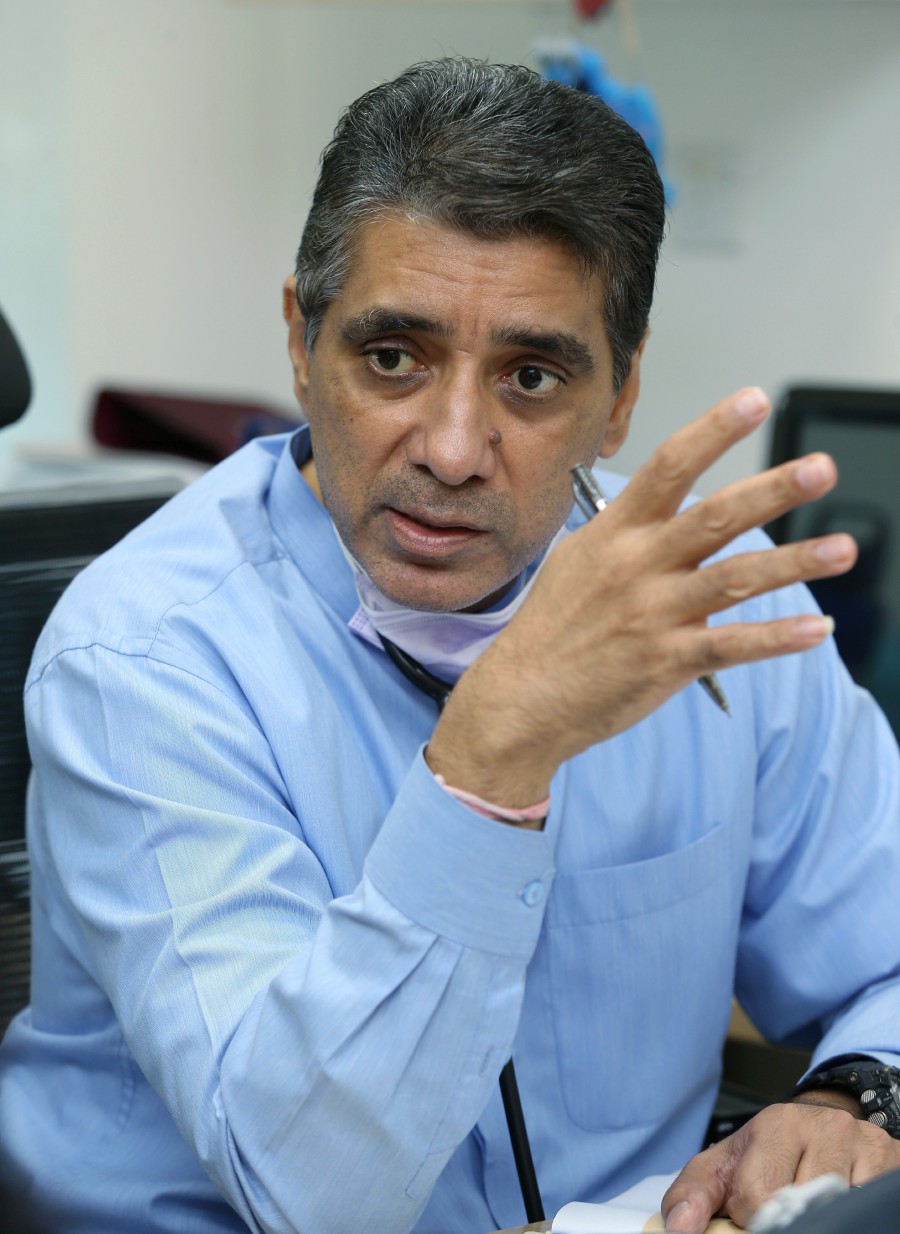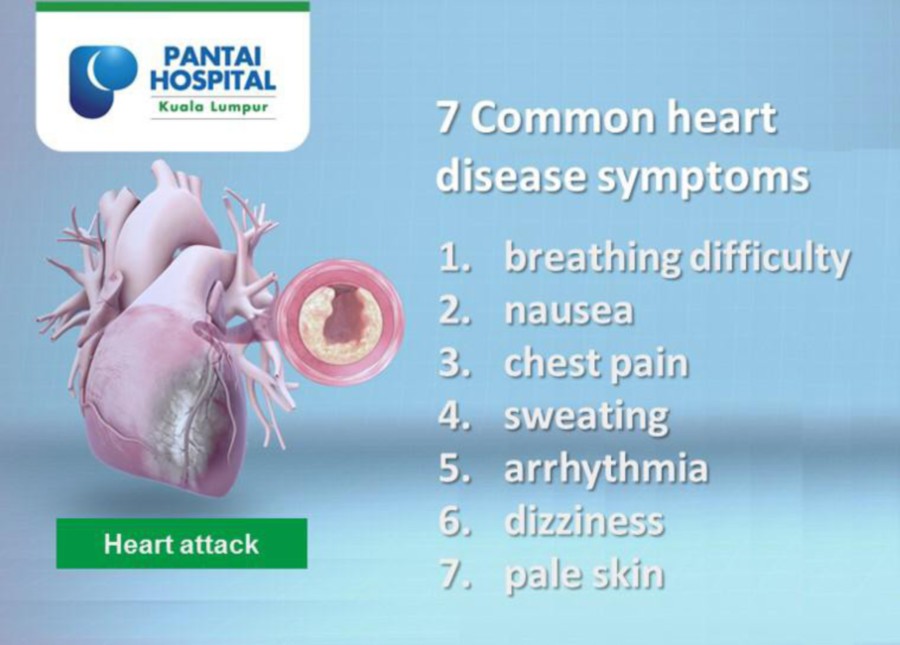HEART disease was once thought to be a condition mostly affecting older men but today, the statistics tell a different story.
An increasing number of young people are being affected by heart disease and women are just as susceptible.
Cardiovascular diseases (CVDs) are the number one cause of death globally, killing an estimated 17.9 million people each year, according to the World Health Organisation.
Coronary heart disease is also the number one killer in Malaysia.
Last year, data from the Ministry of Health revealed that 50 people die daily from the condition.
But why have women become more susceptible to the condition and what are their risk factors?
Pantai Hospital Kuala Lumpur's consultant cardiologist, Datuk Dr Sanjiv Joshi provides some insight into ischemic heart disease (IHD) among women.
What is IHD?
Ischemic means deprivation or inadequacy of blood supply to a certain area of the heart.
Basically it means a disease of the arteries in your heart that causes a reduction in blood supply to areas of your heart.
It is a disease that has no boundaries — it happens to the rich and the poor, male and female and people of all ethnicities.
However, data in Malaysia suggests that individuals of Indian origin are more prone to the condition.
What are the risk factors?
Obesity, diabetes, hypertension and high cholesterol levels. A strong family history of heart disease and smoking also increases the risk.
There is no difference in terms of risk factors between men and women but women are more protected from heart disease as long as they are still menstruating.
When they are premenopausal, the risk level is far lower than men. However, the risk for men and women becomes almost on par once women go into menopause.
There are other factors at play too. If, for example, a woman is fairly young but she's a smoker and has diabetes and hypertension, then her risk will be high even if she's premenopausal.
What are the signs of IHD?
The symptoms include chest discomfort, shortness of breath, a radiating pain in the arm and to the back, sweating or cold sweats (as it's commonly described), nausea and vomiting.
Women tend to come in a little later for investigation. Men come earlier. The symptoms in women are also not as exaggerated as in men so we tend to miss it more in women compared to men.
Right now, there have been many awareness campaigns on heart disease and women are fairly aware of the signs of a heart problem.
However, I do see younger women in my practice now, something which was not obvious 10 years ago.
The good news is that both men and women today seem to be more aware of the need to get themselves investigated if they experience any such symptoms.
Why are younger women affected by IHD?
It is obviously linked to their lifestyle. There's no question about it.
Stress is a major factor. In fact, it is one of the leading factors for IHD apart from all the other risk factors.
Young women, like men too, lead very stress-filled lives. They work long hours, are constantly on the go, always on their phones, suffer from sleep deprivation and their diet is poor.
Smoking is also a concern and they consume a huge amount of processed foods or eat very late at night. Physical inactivity is rife because there is little time to exercise.
Some individuals react to stress with over-eating while others respond by under-eating, both of which affect general health.

What are the benefits of a Cardiac MRI in the detection of IHD?
It's a great instrument but not generally used as the primary screening tool.
If someone were to come for a screening programme, I would not immediately recommend an MRI because there are many other ways we can do it.
The first thing is to assess your risk factors, take your history and do your profile.
If there's suspicion of something, then we move on to other modalities like a CT scan or a cardiac MRI but it's not something I would immediately suggest for someone who walks into my room.
I would do the basic things first and move on to the MRI if necessary.
But as a tool, it gives you a lot of information. It tells you about the heart structures, whether you have lesions in your heart and heart size and dimension among others.
However, it's not something we use as a first screening tool. It is used as a secondary tool.
How is the treatment journey for IHD?
If only a single artery is involved, you can come in for a procedure like an angiogram and angioplasty.
We put in a stent and you're on medical leave for about a week although you should feel better by even the second or third day.
However, it's a different story if you undergo coronary bypass surgery. Recovery will take about a month including hospitalisation and time spent in the intensive care unit.
Even after all these procedures, you will have to be on medication for the rest of your life and this must be coupled with lifestyle changes.
Always eat right, avoid processed food, drink plenty of water, exercise and learn to de-stress and enjoy the moments you have with family and friends.
Only after a heart attack do you truly realise the value of life.





